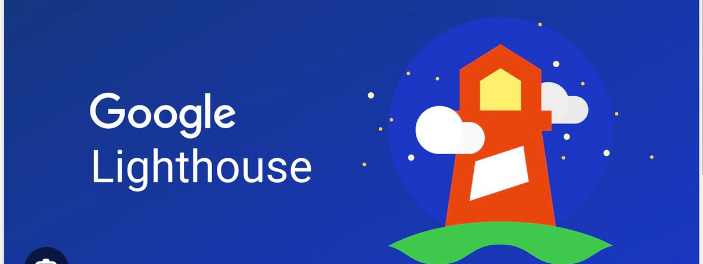
Introduction
In the fast-paced world of web development, ensuring your website not only looks great but also performs optimally is crucial. Enter Google Lighthouse – an indispensable tool for developers looking to enhance their websites in terms of performance, accessibility, SEO, and more.
What is Google Lighthouse?
Google Lighthouse is an open-source, automated tool provided by Google that allows developers to run audits on their web pages. These audits cover various aspects, including performance, accessibility, best practices, progressive web apps (PWAs), and search engine optimization (SEO).
How Does Google Lighthouse Work?
Google Lighthouse works by simulating a user’s experience on your website and then generating a detailed report based on the audits mentioned earlier. Here’s a step-by-step breakdown:
- Installation:
- Start by installing Lighthouse either as a browser extension or as a Node.js module using npm.
- Running Audits:
- In a browser: Open Chrome DevTools, navigate to the Audits tab, and click “Run audits.”
- Using Node.js: In the command line, enter
lighthouse <URL>.
- Report Generation:
- Lighthouse will simulate loading your page and provide a comprehensive report with scores and detailed information on performance, accessibility, best practices, PWA, and SEO.
- Interpreting the Report:
- Understand the scores and recommendations for each audit category.
- Focus on areas with lower scores and prioritize improvements.
- Addressing Issues:
- Make necessary changes based on Lighthouse recommendations.
- Rerun audits to track improvements over time.
Why Use Google Lighthouse?
- Performance Optimization:
- Identify and rectify performance bottlenecks to enhance user experience.
- SEO Boost:
- Follow Lighthouse’s SEO recommendations to improve your website’s visibility on search engines.
- Accessibility Matters:
- Ensure your website is accessible to users with disabilities by addressing Lighthouse’s accessibility audit findings.
- PWA Compliance:
- If your website is a Progressive Web App, Lighthouse helps you adhere to best practices.
Real-world Application: Case Studies
Share real-world examples of websites that have significantly improved their performance, accessibility, or SEO rankings by using Google Lighthouse.
Tips and Best Practices:
- Regular Audits:
- Integrate Lighthouse audits into your development workflow for continuous improvement.
- Collaboration:
- Encourage collaboration between developers, designers, and SEO specialists based on Lighthouse findings.
- Stay Updated:
- Google regularly updates Lighthouse, so staying informed about new features and improvements is essential.
Conclusion:
Google Lighthouse is a powerful ally for web developers striving to create top-notch websites. By incorporating Lighthouse audits into your development process, you not only ensure a better user experience but also stay ahead in the competitive world of the web. Embrace the insights offered by Google Lighthouse, and watch your website reach new heights!
